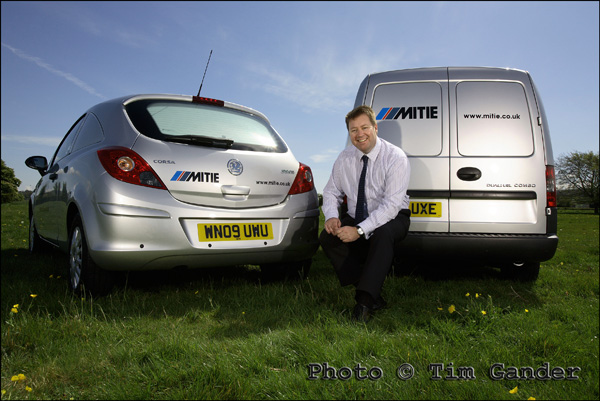The growing clamour from web designers!
My Friday Thought – A new feature which will rapidly become a rod for my own back, but let’s see how it goes.
There’s been an interesting, and very noticeable shift in the nature of the conversations I’ve been having with designers recently, especially webby ones.
In the past, whenever I asked web designers about the photography needs of their clients the reply came back, as if transmitted by mental osmosis from one designer to the other, “Oh they don’t have a budget for photography so we use cheap stock photos.” Always different web designers, always the same line.
The fact is, no client has a budget for anything until somebody explains to them why they need a budget for it (ie improved sales!); in this case, original photography which sets them apart from their competitors and communicates more honestly with their clients. After all, my clients have a budget for photography so what do they know that so many web designers’ clients don’t?
Part of the problem has been a misunderstanding of how budgets work. In the case of photography, it isn’t part of the web budget because the images are used in more than just the web site; it comes out of the marketing budget, of which the web site is a part, but many web designers will look at the photography fearing it will reduce their budget to do the design work. It shouldn’t.
I know selling photography isn’t easy. While every business now understands they have to have a web presence of some sort, beyond that it’s not easy to explain that apart from what the web site does in purely technical terms, it also needs good content to convince the viewer of the value of the product or service on offer. It’s the content, in harmony with the structure, which ultimately makes the sale.
And this is where web designers are starting to wake up and smell the cappuccino. There’s a growing realisation that good photography, as well as good copy and design, helps the site to pull together and deliver the message the client wants to transmit. Photos need to be more than just eye-candy on the page. They carry valuable information and can also be used to direct the viewer’s eye to key texts and links.
What kind of business in the UK needs a photo of a chisel-jawed American male in a suit clutching a laptop in a steel and glass office with angelic lighting and a patronizing smile? How many more generic stock images of non-people in non-places does the internet really need? And what do these images say about a business any more? Stock images used to be far more expensive, so a business using them tended to look more polished. They’re too cheap and ubiquitous now, and the shine has come off the novelty.
And the cry I’m now hearing from every designer I speak to is, “I am so sick and tired of having to use stock imagery.” Designers want to be proud of the results of the hours and days they spend designing a top-notch site, but having expended blood, sweat and weeks on the site, they are then forced to ruin the entire project either with photos the MD’s wife took, or with stock pictures of someone they’ve never met, taken in a place they’ve never been to, that has little or nothing to do with the business they’re meant to be promoting.
I’m encouraged by this change of voice, and I’m helping web designers by explaining to their clients how real, unique photography can work for them, doesn’t need to cost the earth, and yet will contribute to the growth of their business.
So designers everywhere! Talk to me, I’ll talk to your clients, and before you know it there will be a budget for photography, and the web site you designed will look as good as you know it should.
I thangyou.


Good point. I think the photography portion of a website should be emphasized more–as visitors remember the visuals as much as anything.
Thanks Slamdunk. I agree, images have become just colour to fill the gaps between the words, when they should be part of the message. Thanks for commenting 🙂
I’m a designer who is freefalling into the category “Sick and tired of looking for ‘just the right’ image on stock photo sites” — this is a good post.
Thank you Harv, I’m glad it rang true with you too. I also wonder if designers are really able to bill on the time they have to spend hunting these pictures down, or if they have to swallow that time cost. If they’re billing it on to clients, this could make the images more expensive than having proper photos taken! Hmm, maybe a future article there…
Thanks for the article, here. There just isn’t enough talk of the value of photography outside photographic circles. Here’s hoping things are changing!
Thank you! You’re right. Decent photographers, designers and business owners understand the value of decent photography. I’m trying to help spread the word, and I’m starting to see some progress as stock seems to be losing favour among the more switched-on organisations.
Posts like this breithgn up my day. Thanks for taking the time.